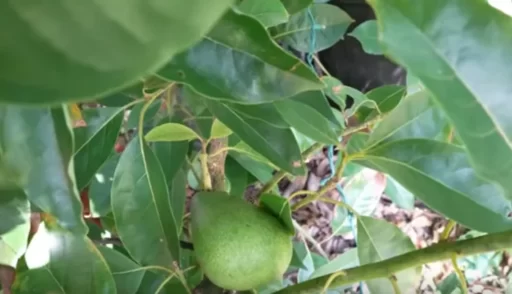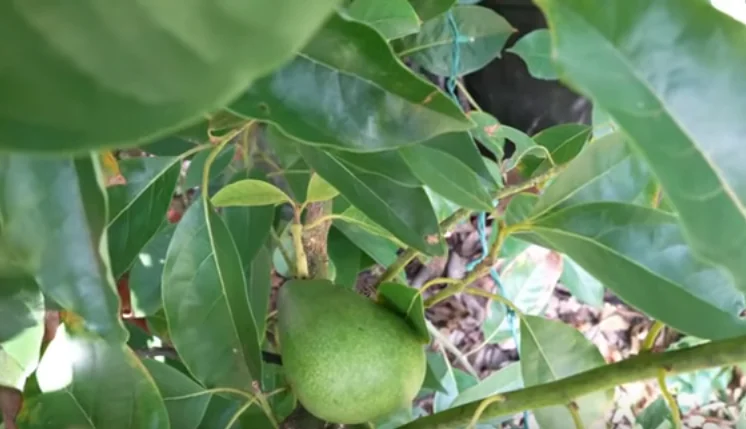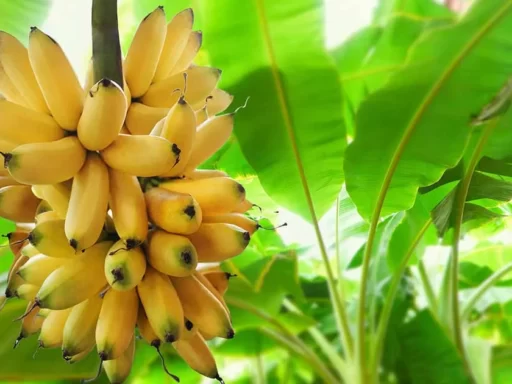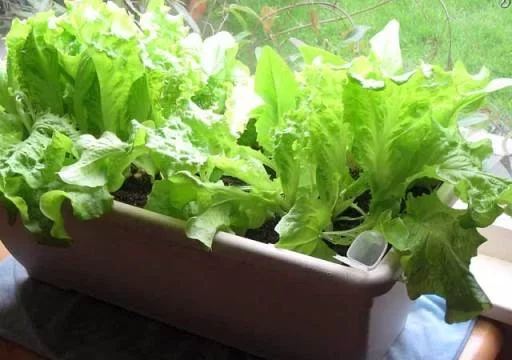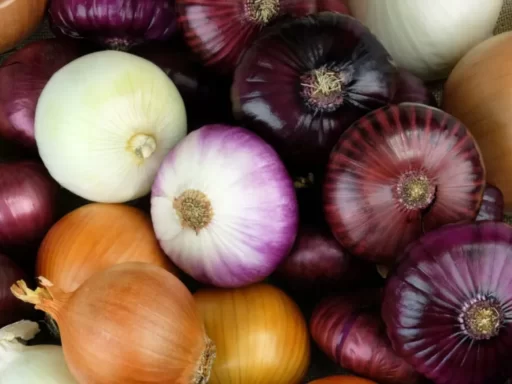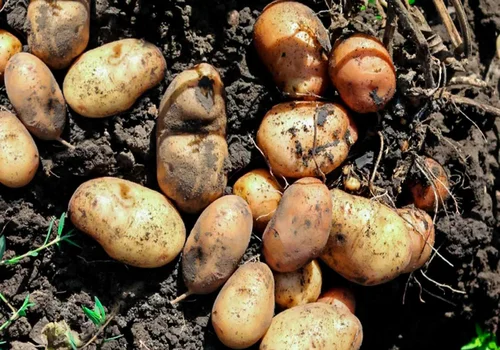Avocado trees are a beloved addition to many gardens, especially in warmer climates. Their delicious fruit and unique growing requirements make them a topic of interest for both novice and experienced gardeners. One of the most critical aspects of successfully growing avocados is understanding how to pollinate them effectively. Unlike many other fruit trees, avocado trees have a complex pollination process that requires careful attention. In this article, we’ll explore the nuances of avocado tree pollination, including the types of avocado trees, optimal growing conditions, and practical hand-pollination techniques.
The Unique Nature of Avocado Pollination
Avocado trees differ significantly from most common fruit trees in terms of pollination. Most fruit trees are self-fertile, meaning they can produce fruit with just one individual plant. This characteristic simplifies the process of growing fruit. For instance, plants like tomatoes and peppers contain both male and female parts within the same flower. In these plants, a little wind or the buzzing of a bee can suffice to trigger pollination.
However, avocado trees operate under a different set of rules. They produce both male and female flowers, but these flowers open at different times. This unique reproductive strategy means that a single avocado tree cannot pollinate itself effectively. Instead, two trees are generally needed for successful pollination.
Types of Avocado Trees
To fully understand avocado tree pollination, it is essential to recognize the two main types of avocado trees: Type A and Type B. Each type has its flowering schedule:
- Type A Avocados: These trees open their flowers as female in the morning of the first day and then close them in the afternoon. The following day, the same flowers reopen as male.
- Type B Avocados: Conversely, these trees open their flowers as female in the afternoon of the first day and then close them, only to reopen as male the next morning.
To achieve successful pollination, it’s ideal to plant both a Type A and a Type B avocado tree together. This arrangement allows for overlapping flower schedules, increasing the chances of cross-pollination and fruit set.
Challenges of Pollination in Non-Ideal Conditions
Many gardeners, particularly in the United States, face challenges when growing avocados. The climate conditions may not mimic those found in the avocado’s native regions, leading to suboptimal growth. For example, temperature fluctuations can disrupt the timing of flower opening, causing both male and female flowers to bloom simultaneously on a single tree.
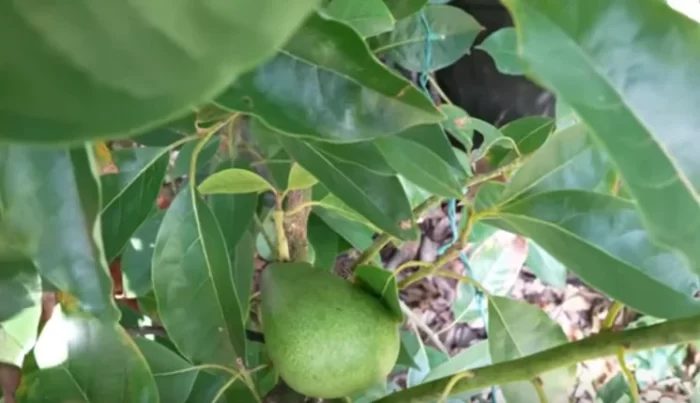
Interestingly, even under non-ideal conditions, avocado trees can produce fruit. However, the success rate of fruit production is highly dependent on the specific variety of avocado and the environmental conditions.
Ideal Conditions for Successful Pollination
If you’re looking to grow avocados and want to increase your chances of success, it is vital to create the right environment for your trees. Here are the key factors to consider:
Temperature and Humidity
- Daytime Temperatures: Ideally, daytime temperatures should range from 70 to 80 degrees Fahrenheit (about 21 to 27 degrees Celsius). This range promotes healthy growth and encourages flowering.
- Nighttime Temperatures: Nighttime temperatures should be around 50 degrees Fahrenheit (10 degrees Celsius) or higher. This helps to maintain the metabolic processes essential for flowering.
- Humidity: Avocado trees thrive in high humidity. Growing conditions that feature significant fluctuations in temperature and humidity, like those in the southeastern U.S. and the Gulf Coast, tend to yield better results than regions with more stable temperatures.
Practical Hand-Pollination Techniques
Given the complexities of avocado tree pollination, hand-pollination is often a necessary technique to ensure fruit production, especially for gardeners who may not have the space for multiple trees. Here’s a straightforward method to achieve successful hand-pollination:
Tools Needed
- Makeup Brush: A soft brush, like a blush brush, is ideal for this procedure. It holds a considerable amount of pollen while being gentle enough not to damage delicate flowers.
Hand-Pollination Procedure
- Frequency: To maximize the chances of successful pollination, perform this process daily, ideally in both the morning and evening. This ensures that you make contact with the flowers when they are in different stages of blooming.
- Method: Lightly brush the inside of each flower with the makeup brush. The goal is to collect pollen from male flowers and transfer it to female flowers. Since it can be challenging to identify the exact stage of each flower, it’s best to make contact with all of them.
- Storage: Consider using a brush cover to protect the pollen collected. This can keep it viable for future use as you continue the pollination process.
- Observation: Monitor the flowers and look for signs of fruit set. Remember, patience is key, as it may take several years for an avocado tree to produce mature fruit.
Conclusion
While the pollination process for avocado trees can seem complex, it is manageable with the right knowledge and tools. By understanding the flowering patterns of different avocado types, creating ideal growing conditions, and utilizing hand-pollination techniques, gardeners can significantly improve their chances of a fruitful harvest. With consistent effort and gentle care, even those with limited space can enjoy the rewards of growing their avocados.
Frequently Asked Questions
- Can I grow an avocado tree in a pot? Yes, many avocado varieties, particularly semi-dwarf ones, can thrive in containers.
- Do avocado trees need a pollinator? While they can produce fruit without a second tree, having both Type A and Type B trees improves the chances of successful pollination.
- What are the signs that my avocado tree is ready to produce fruit? Look for flowering during the spring months, and monitor for fruit set in late spring to early summer.
- How long does it take for an avocado tree to bear fruit? Typically, it can take three to four years for an avocado tree to start producing fruit, depending on the variety and care.
- Can I pollinate my avocado tree with other fruits? No, avocado trees require their specific pollen to achieve successful pollination.
- What is the best time of year to hand-pollinate avocados? The best time is during the flowering phase in early spring when temperature fluctuations are more pronounced.
- How can I protect my avocado tree from cold weather? Use incandescent lights, plant jackets, and insulating materials like bricks to shield your tree during cold snaps.

